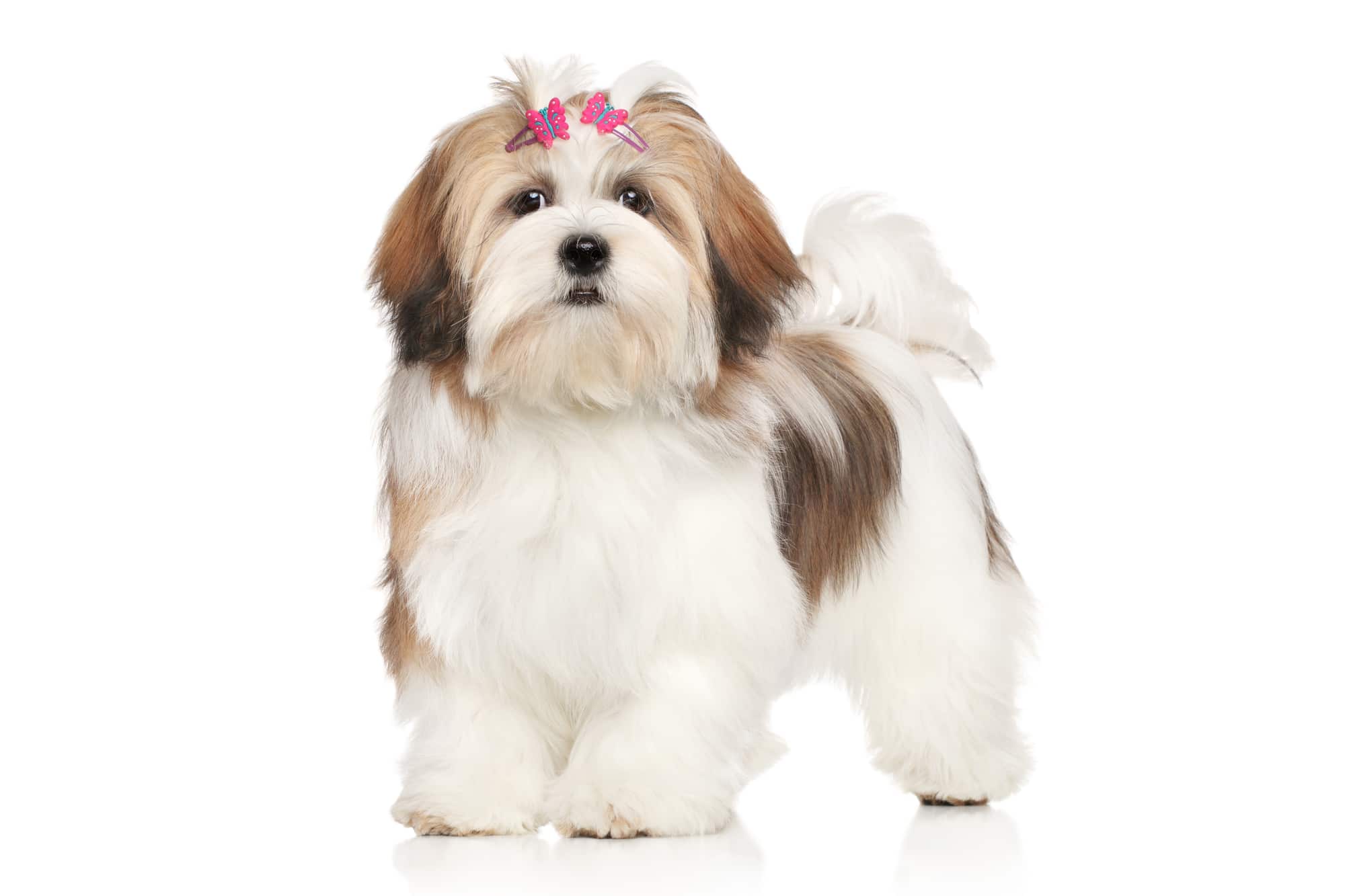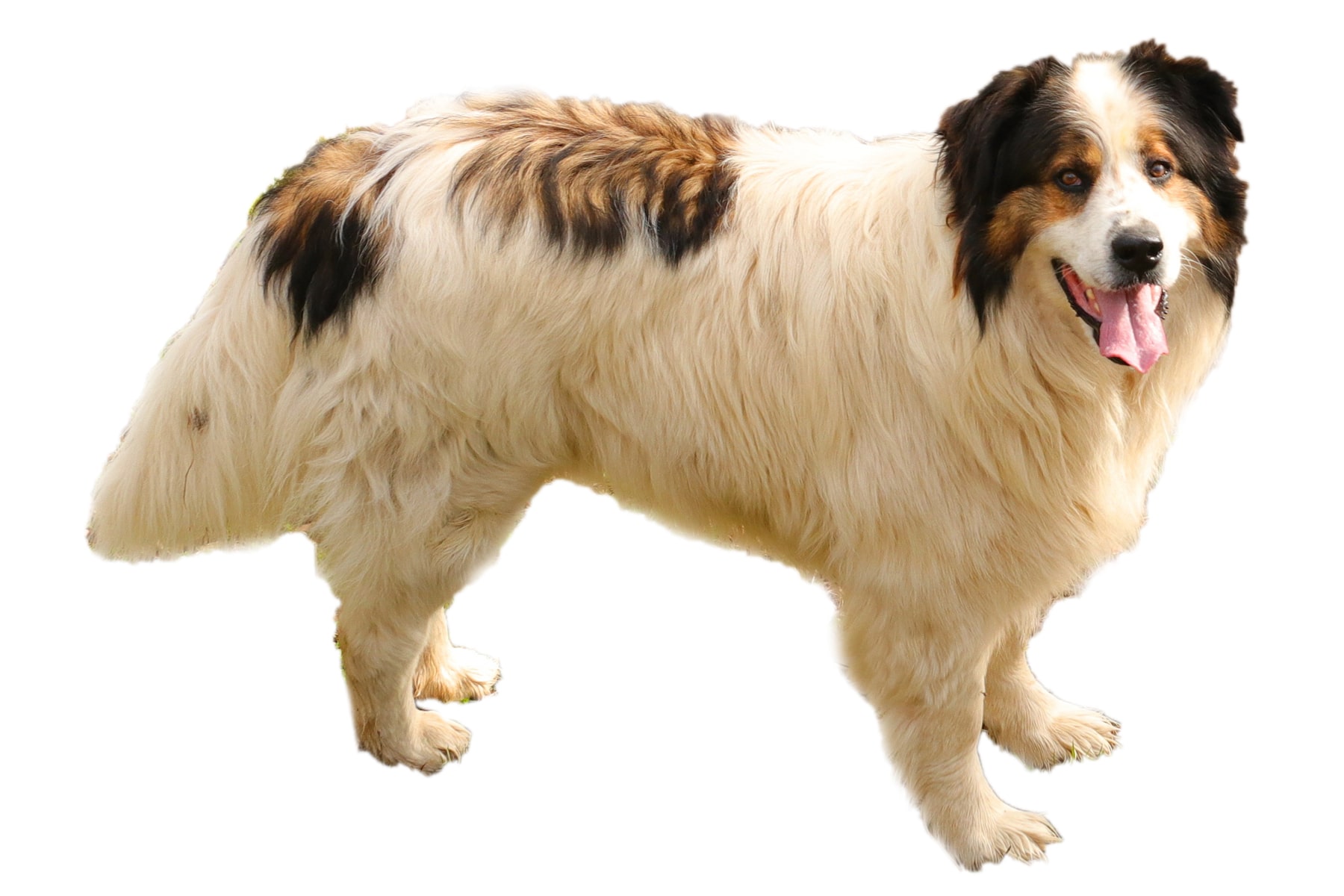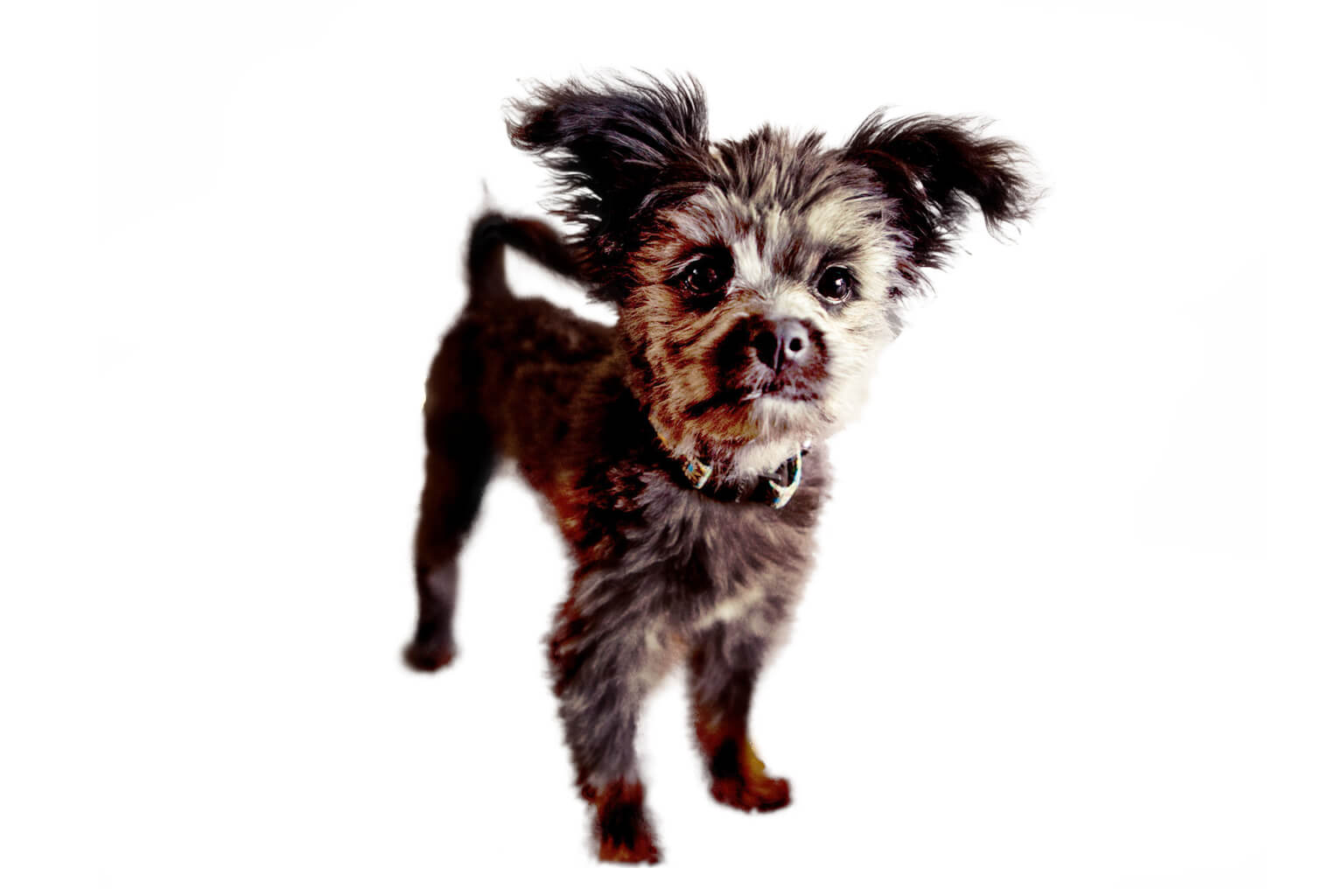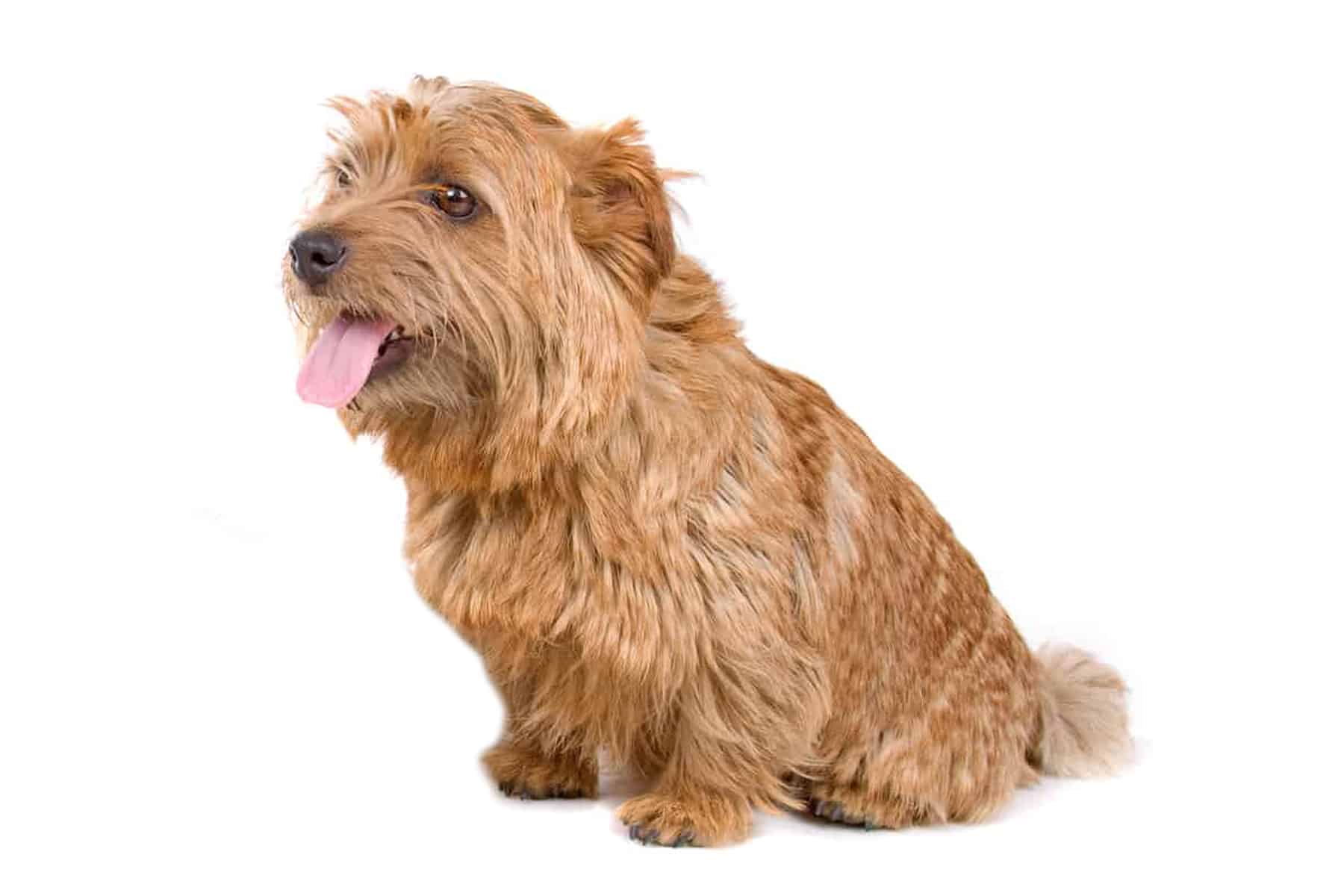German Hound
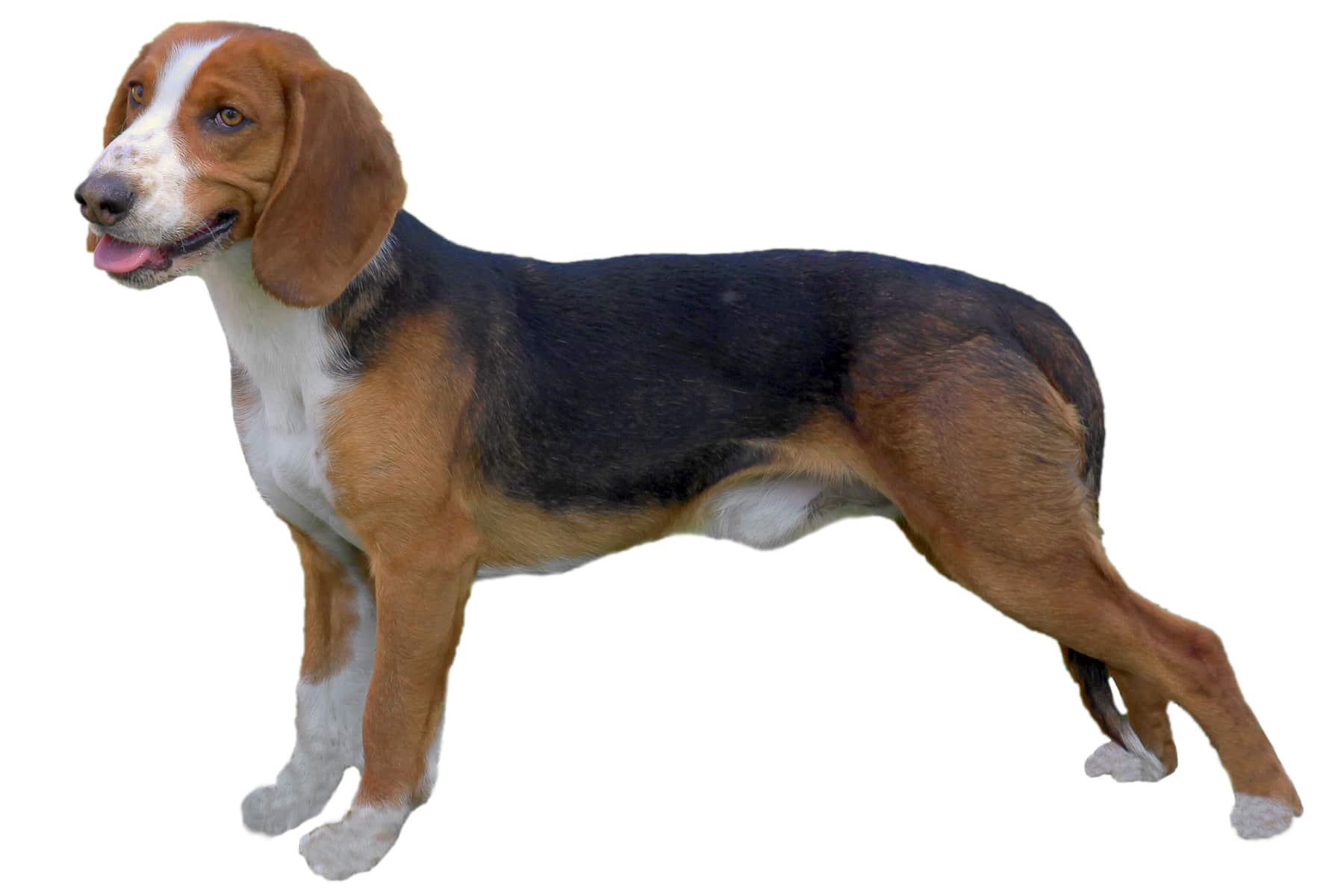
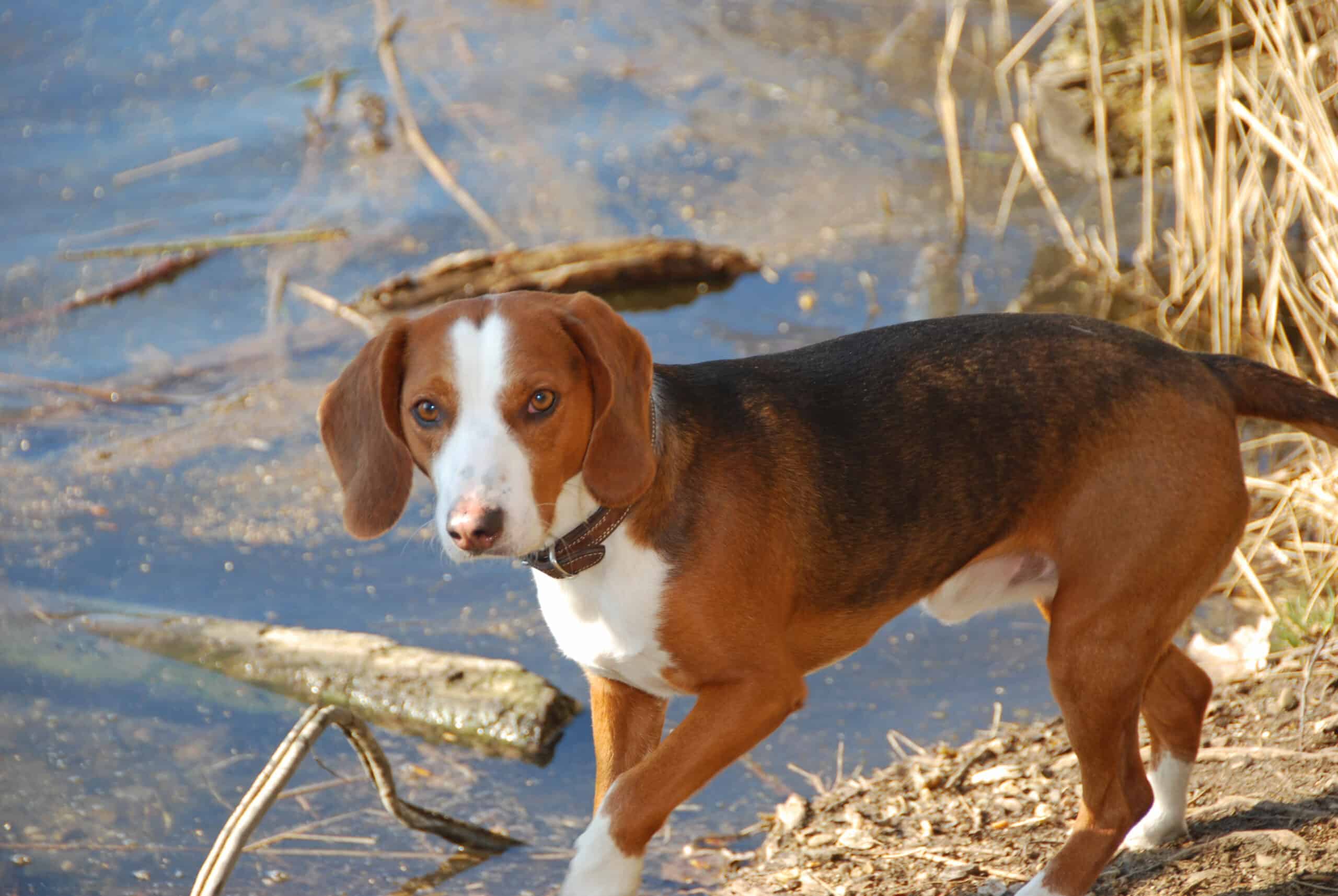
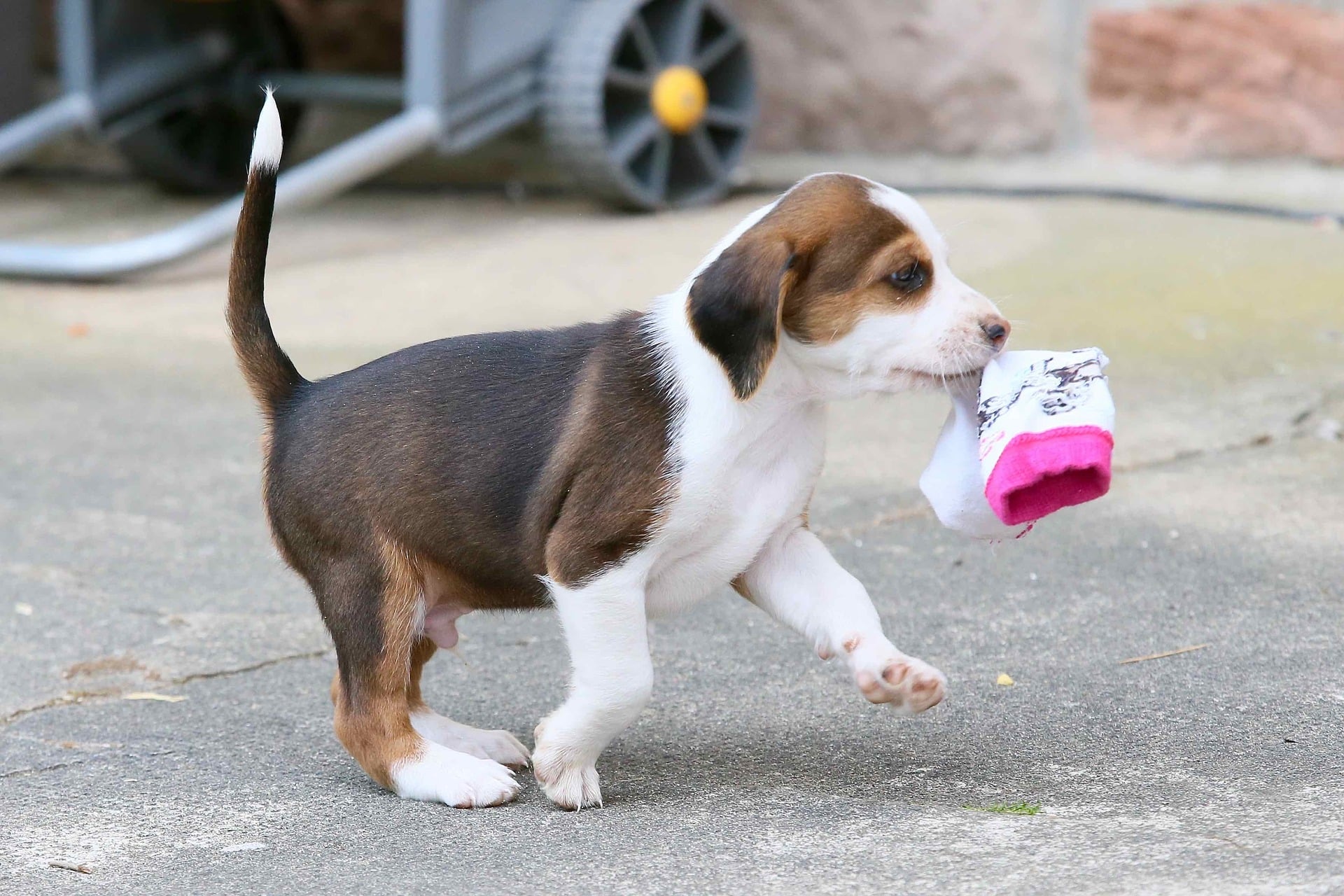
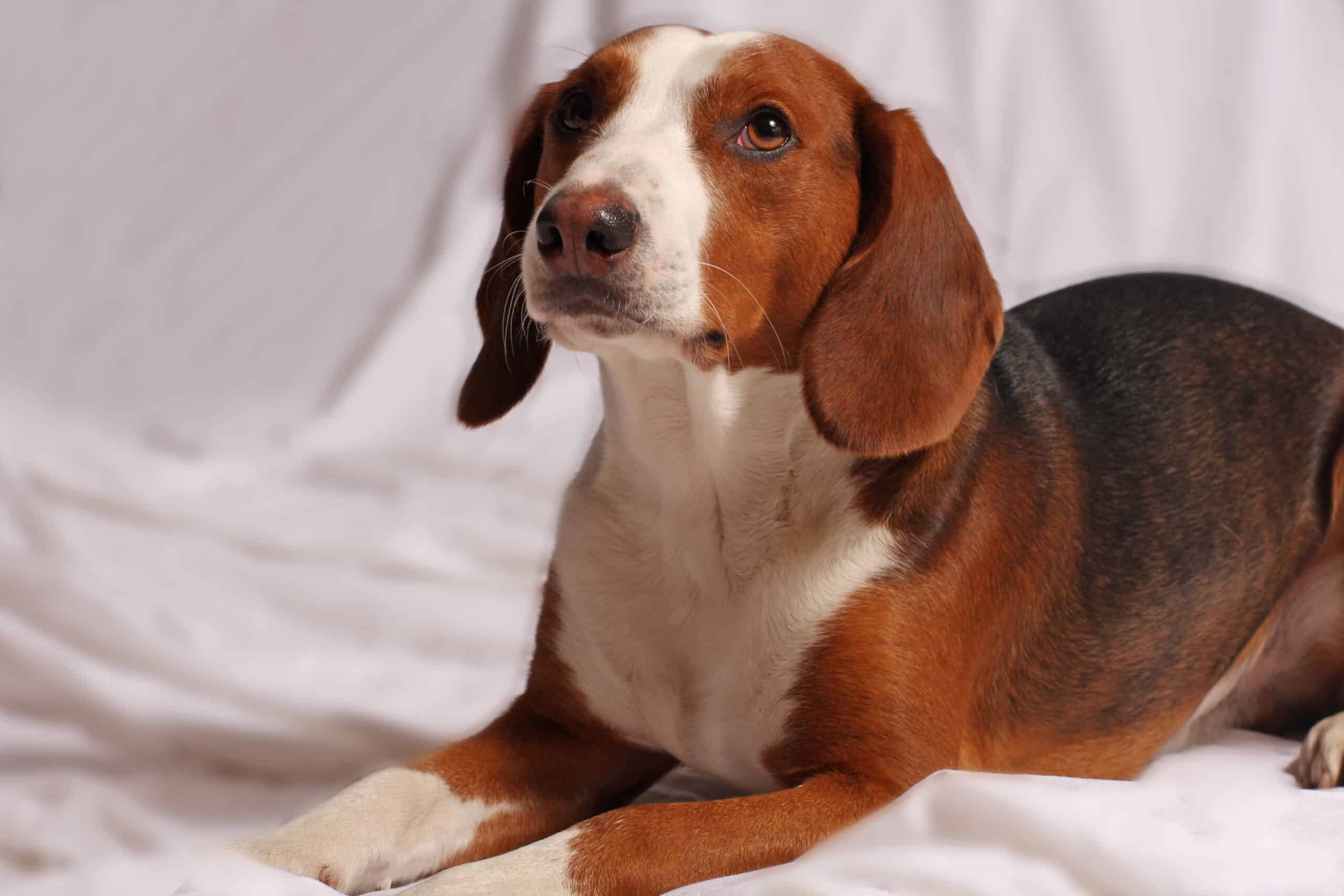
Temperament:
The German Hound is one of the oldest hunting dog breeds. It is classified by the Fédération Cynologique Internationale (FCI) in Group 6, Section 1.3 (small running dogs). It is just as unsuitable for beginners as it is for people with little urge to exercise. It needs a lot of exercise and mental activity. Long walks with concentrated tracking and scent work are ideal.
Characteristics
The German Hound is a very robust breed. Hereditary diseases are not known and life expectancy is 9 to 15 years. It reaches a shoulder height of 40 to 53 centimeters and a weight of 15 to 23 kilograms.
The German Bracke is medium-sized and strongly built. With its proud head carriage and high legs, it has an elegant appearance. The narrow head is elongated and the top of the head is slightly domed. The forehead is low and the bridge of the nose is almost straight. The ears are well set and rounded at the bottom. The bite is strong, the eyes are clear, bright and friendly. The tail, carried hanging down, is bushy, long and densely coated.
The short, smooth coat of the German Hound is very dense and almost shaggy. The belly is also dense and well coated. The coat color is usually tricolored from yellow to red with a black coat or saddle. Typical Bracken markings are a continuous white blaze, a white chest and a white neck ring. The legs and the tip of the tail are also white.
The German Bracke has a great need for exercise and mental activity. Long walks and concentrated tracking and scent work are therefore an absolute must for them. Short laps around the block are not enough for her, because she has a wild temperament that she wants to live out. If it feels underchallenged, the German Bracke can develop unpleasant temperaments.
As a hunting dog, the German Bracke is persistent and can work for hours on end. Its good sense of direction, an excellent sense of smell and an iron will to track and trace help it to do so. A tracking sound is also genetically fixed.
Although the German Hound is a hunting dog, it is very affectionate towards its owner. It is friendly, sensitive and stable. It is calm in the house and is also very patient with children.
Coat care:
Shedding:
Energy level:
Trainability:
Children suitable:
The right food
As with other dog breeds, the right diet is also very important for the German Hound. This depends on the following nutritional factors, among others: Age, weight and size, activity, state of health and any allergies.
The German Bracke is often fed fresh food. However, care must be taken to ensure that the fresh food contains all the necessary nutrients, vitamins and minerals. To avoid deficiency symptoms, the composition should be balanced and varied.
Prepared food generally contains all the nutrients necessary for a healthy diet. This applies to both dry and wet food. Due to the balanced composition of the ready-to-eat food, no further feed supplements are usually required.
The German Bracke should be able to drink fresh water at all times. It does not matter whether it receives fresh or wet food. The drinking water should be renewed daily and be available in a clean container.
Puppies are initially fed four to six times a day. The feeding frequency is gradually reduced so that adult dogs are only fed two to three times a day.
Make sure that your puppy is not "overfed". Otherwise it may grow too quickly and cause problems with bone development.
After feeding, the German Hound needs sufficient rest to digest.
Health & Care
The German Bracke is neither suitable for keeping in a kennel nor in a city apartment. It feels most at home in a house with a garden where it can let off steam between long walks.
For hunters, the German Bracke is ideal as a tracking dog or hunting companion. It is mentally and physically challenged during tracking work. The German Hound should not be kept purely as a family dog. It could quickly feel underchallenged.
The German Bracke is easy to train with patience and loving consistency. Training methods involving harshness and drill tend to have the opposite effect of what you want to achieve. As a rule, the German Bracke does not tend to dominate, but adapts to the will of the owner.
Regular grooming of the German Bracke is not just for hygiene. It also strengthens the social bond with the owner.
The coat of the German Bracke is relatively easy to care for and requires little time. Regular brushing or combing of the coat is usually sufficient.
To avoid inflammation, the eyes should be cleaned regularly. If the German Bracke does not do this itself, the eye secretion can be removed from the corners of the eyes with a soft cloth.
The ears of the German Bracke should be checked at least once a week. If they are very dirty, it is advisable to consult a vet. Do not clean the ears yourself with a cotton bud. There is a risk of damaging the German Hound's external auditory canal. In addition, foreign bodies or dirt can get deeper into the ear canal.
It is essential to pay attention to the length of the nails. If the German Bracke moves a lot on soft ground, the nails must be shortened regularly. This is because the claws cannot wear off sufficiently on soft forest ground.
Suitable accessories
The coat of the German Bracke should be groomed regularly with a dog brush or comb. If the coat is very dirty, a bath with a mild dog shampoo is also possible.
The German Bracke's teeth are best cleaned with buffalo skin bones or solid dog biscuits. However, you can also get them used to brushing their teeth with a brush and toothpaste when they are puppies.
If the claws of the German Bracke become too long, they can be shortened with special claw pliers.
Other accessories that your German Hound needs are: Collar or harness with lead, sleeping basket or mat as a retreat, food and water bowl, tick tweezers, hunting accessories if you want to go hunting with her. Your breeder can give you further recommendations.
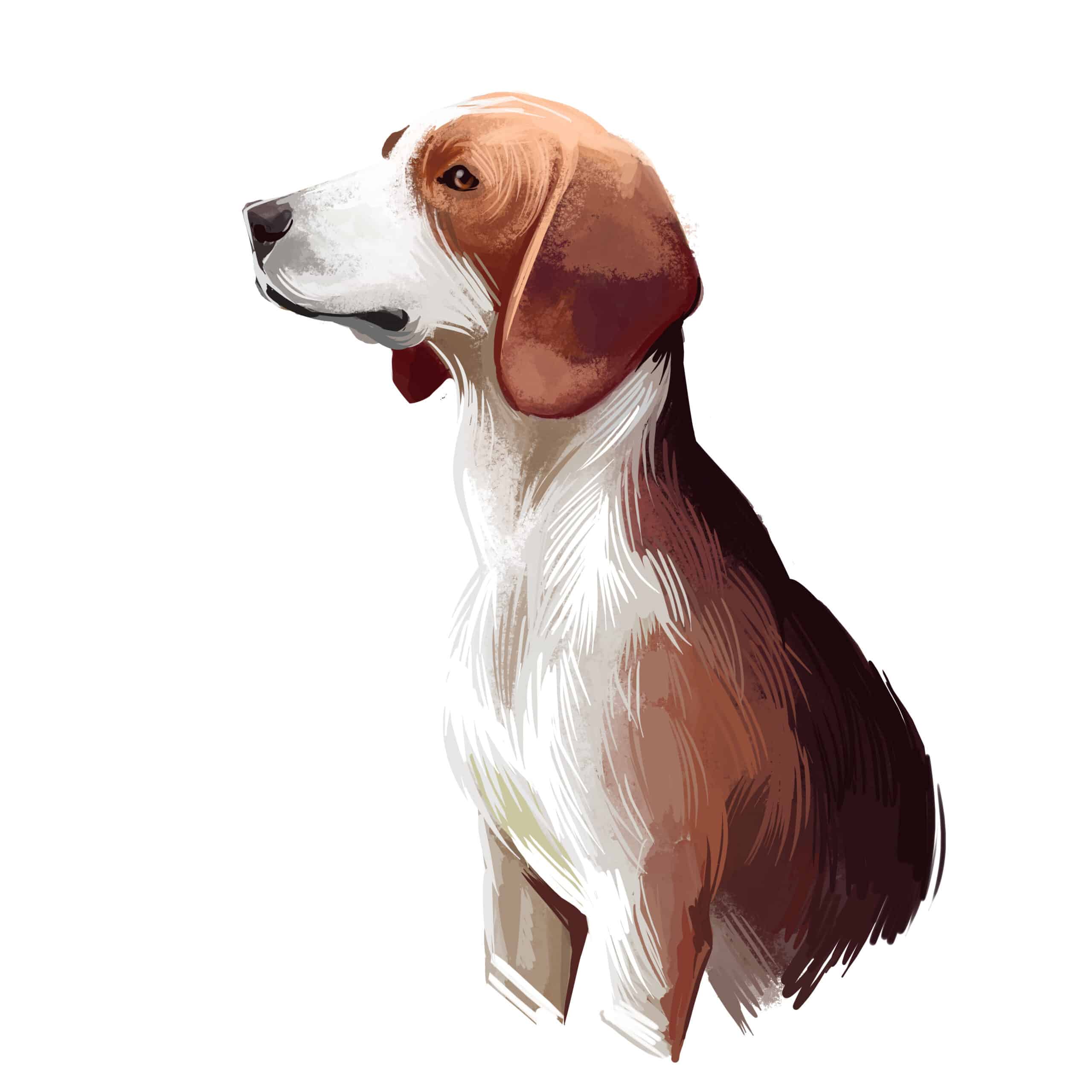
Origin & History
Bracken dogs are generally regarded as the ancestors of hunting dogs and are one of the oldest dog breeds.
Their history can be traced back to the time before the birth of Christ. The Romans already mentioned dogs that exhibited the same hunting behavior as the Bracken. The Germanic tribes also kept Bracken dogs and used them for hunting. At that time, the Bracken spread from the Alpine region to Scandinavia. Some Bracken even made their way overseas.
In 1848, the revolution led to a reduction in the size of hunting grounds. As a result, the various Bracken breeds almost became extinct. Over time, they were increasingly pushed out of their hunting grounds by the pointing dogs.
The first German Bracken Club was founded in Olpe in the Sauerland region in 1896. The German Bracken Club brought together the north-west German Bracken breeds that still existed at the time. The tricolored Sauerland Holzbracke was crossed with the native Steinbracke. Finally, around 1900, the uniform type of German Hound was created.
The German Hound is often also referred to as the Olper Hound, Westphalian Hound or Sauerland Hound. The names correspond to their former main distribution area.
In 1934, the Reich Hunting Act banned Bracken hunting (especially for hares) in hunting grounds of less than 1,000 hectares. Since then, the German Hound has been a popular hunting companion. It is mainly used for tracking small game (hare, rabbit, fox). The original Bracken hunt can only rarely be practiced.
